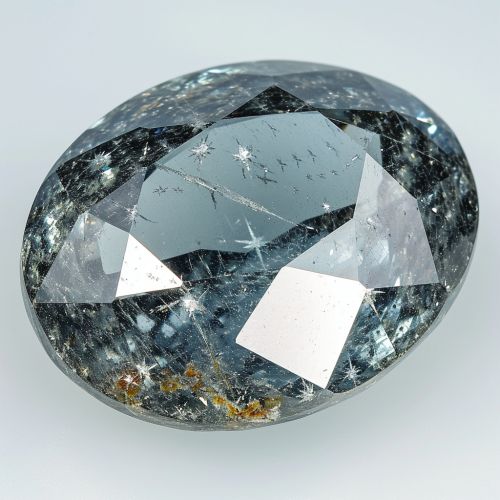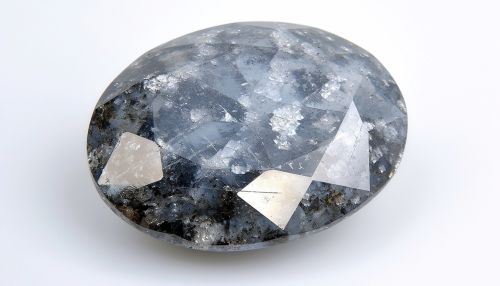Star of India (gem)
Overview
The Star of India is a 563.35-carat (112.67 g) star sapphire, one of the largest such gems in the world. It is almost flawless and is unusual in that it has stars on both sides of the stone. The greyish blue gem was likely mined in Sri Lanka and is renowned for its astounding size and beautiful, distinctive star pattern of asterism on its surface.


History
The Star of India was discovered in Sri Lanka, a location famous for its sapphire mines, hundreds of years ago. It is believed to have been cut and polished in the shape of a cabochon, or a gem that has been shaped and polished as opposed to faceted, in India. The specific details of its discovery and early history remain largely unknown due to the lack of comprehensive record keeping during that period.
In the early 20th century, the Star of India, along with many other notable gems, was purchased by financier J.P. Morgan, who later donated it to the American Museum of Natural History in New York City. It remains there to this day, a part of the J.P. Morgan Hall of Gems.
Characteristics
The Star of India is an exceptional example of a star sapphire, a type of sapphire that exhibits a star-like phenomenon known as asterism. This phenomenon is caused by the reflection of light off tiny, needle-like inclusions within the gem, typically made of the mineral rutile. These inclusions are aligned in a three-fold pattern, creating a six-rayed star that seems to glide across the surface of the stone when it is moved. This effect is visible on both sides of the Star of India, which is highly unusual among star sapphires.
In addition to its remarkable asterism, the Star of India is also notable for its size. At 563.35 carats, it is one of the largest gem-quality star sapphires in the world. Despite its size, the gem is almost flawless, with no visible inclusions or other imperfections that would detract from its beauty or value.
Significance
The Star of India holds significant cultural and historical value. It is one of the most famous gems in the world, recognized for its size, beauty, and the unique asterism displayed on its surface. The gem is also a testament to the rich gemological history of Sri Lanka and India, countries known for their abundant gemstone resources and skilled gem cutters.
The Star of India also holds scientific value for gemologists and mineralogists. Its size and near-flawless clarity provide an excellent opportunity for study, and its distinctive asterism offers insights into the formation of star sapphires.
Theft and Recovery
In a notorious event in the history of the Star of India, it was stolen from the American Museum of Natural History in 1964. A group of thieves, led by infamous jewel thief Jack Murphy, known as "Murph the Surf," managed to bypass the museum's security systems and escape with the gem.
Despite the audacious nature of the theft, the Star of India was recovered a few months later from a locker in a Miami bus station. The gem was returned to the museum, where it remains on display to this day.
